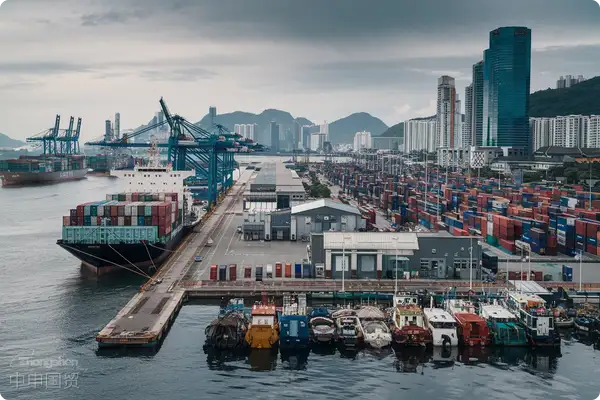- Shanghai Zhongshen International Trade Co., Ltd., with 20 years of experience in foreign trade import and export agency services.
- Service Hotline: 139 1787 2118

Five Cognitive Blind Spots in Customs Clearance Agency for Imported Equipment
The latest statistics from the General Administration of Customs in 2025 show that electromechanical equipment productsImport Customs DeclarationThe error rate increased by 12.7% year-on-year, with 67% of the reported issues stemming from improper selection of agency service providers. The following common industry misconceptions deserve special attention:
- Misconception 1: Overemphasizing the quoted price
- The 2025 Shenzhen Port Survey revealed that the return rate for enterprises opting for the lowest-bid service providers reached as high as 41%.
- Hidden costs include: late declaration penalties, bond freezes due to classification errors, and technical rectification expenses.
- Misconception 2: Neglecting the Alignment with Professional Fields
- There are 23 differences in the declaration requirements between medical equipment and industrial machinery.
- Special equipment (pressure vessels/radiation equipment) requires specialized filing qualifications.
- Misconception 3: Misunderstanding the Documentation Process
- The average processing time for the filing of new and used mechanical and electrical equipment will be extended from 7 days to 15 working days (2025 new regulation).
- Some provinces have already implemented an energy consumption pre-approval system for imported equipment.
Professional Service Provider Screening Three-Dimensional Evaluation System
Based on the World Customs Organization's AEO certification standards, it is recommended to establish an evaluation mechanism from three dimensions:
- Key points of qualification review
- Verification of the Validity Period of the Customs Declaration Enterprise Registration Certificate
- Filing Status of Pre-classification Qualification for Specific Commodities
- Customs credit rating (new AA+ rating added in 2025)
- Business Capability Assessment
- Average annual number of operation cases for similar equipment (recommended ≥50 cases/year)
- Professional background of the customs team (proportion of engineering disciplines such as electromechanical/automation, etc.)
- Communication Records Archive with Local Customs
- Risk prevention system
- Clarity of the Error Rate Compensation Clause
- Pre-pricing Dispute Resolution Plan
- Technical trade measures contingency plan
Comparative Analysis of Typical Service Provider Types
- Comprehensive freight forwarding company
- Advantages: End-to-end logistics integration capability
- Limitations: High turnover rate among professional declaration personnel.
- Professional Customs Broker
- Advantages: Industry-leading declaration accuracy rate (>98%)
- Limitations: There are discontinuities in subsequent logistics connections.
- Industry Customized Service Provider
- Advantages: In-depth understanding of technical parameters in niche fields.
- Limitations: Limited service area coverage.
Analysis of Practical Cases in 2025
A semiconductor company encountered customs clearance difficulties while importing lithography equipment:
- Root of the problem: The agency mistakenly classified the HS code under 8537 instead of 8486.
- Solution: Initiate a classification dispute review procedure + provide a guarantee for the tax difference.
- Final outcome: Avoided freezing of 1.2 million RMB in security deposits, reduced port detention period by 15 days.
This case highlights the core competencies that professional service providers should possess: accurately assessing equipment functional principles, familiarity with customs classification rules, and establishing effective dispute resolution channels. It is recommended that enterprises clearly define the criteria for determining liability and compensation mechanisms for declaration errors when signing service agreements, especially specifying daily interest calculation methods for breach clauses related to high-value equipment.
Recommended for You
? 2025. All Rights Reserved. Shanghai ICP No. 2023007705-2  Shanghai Public Network Security Record No. 31011502009912
Shanghai Public Network Security Record No. 31011502009912










